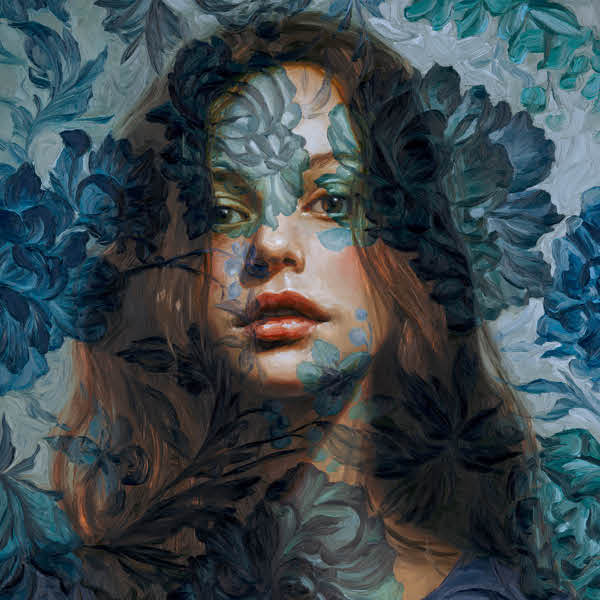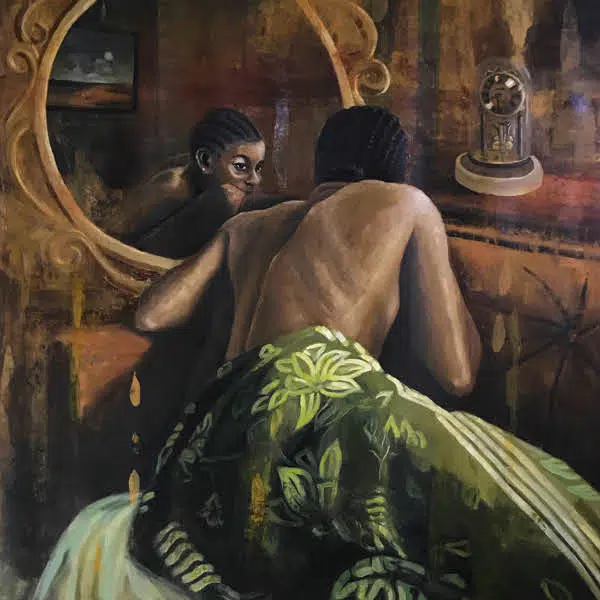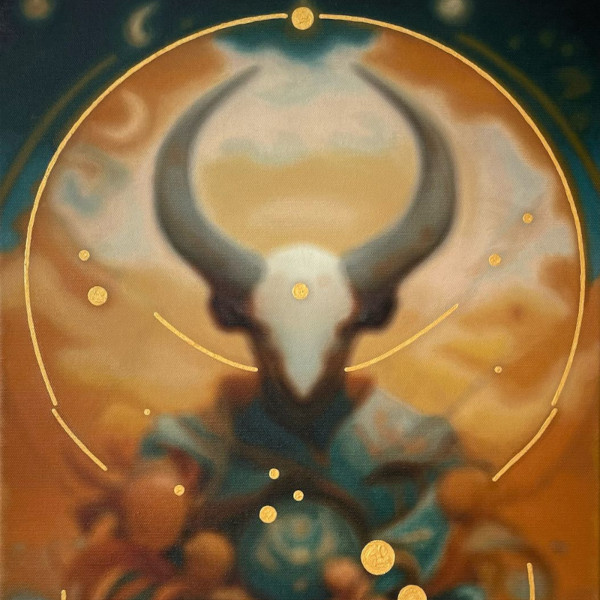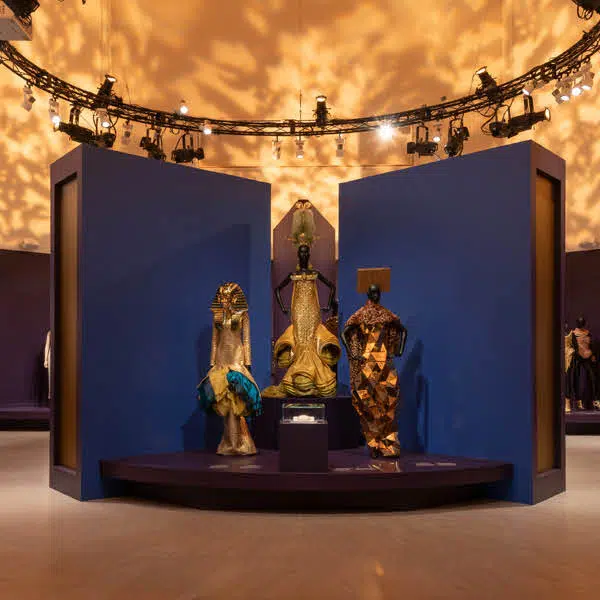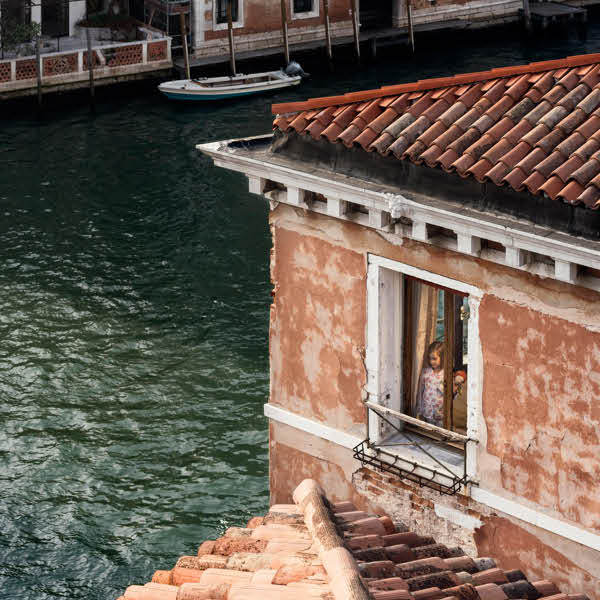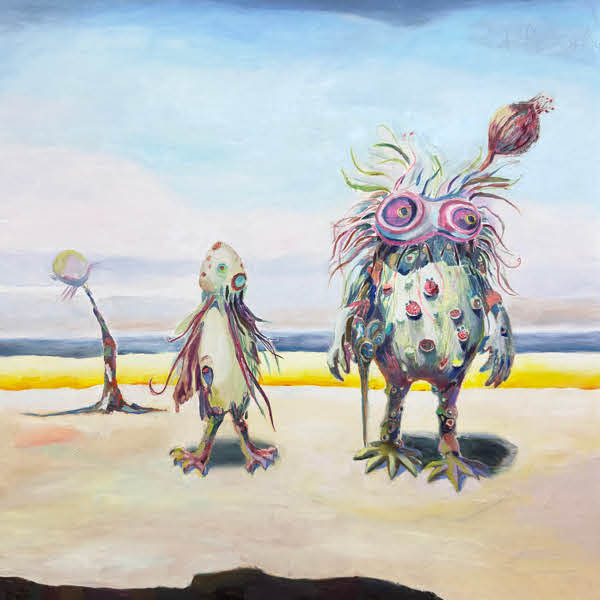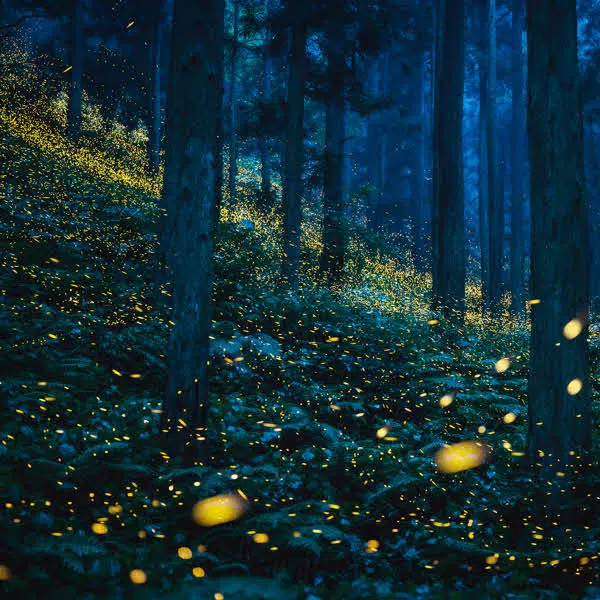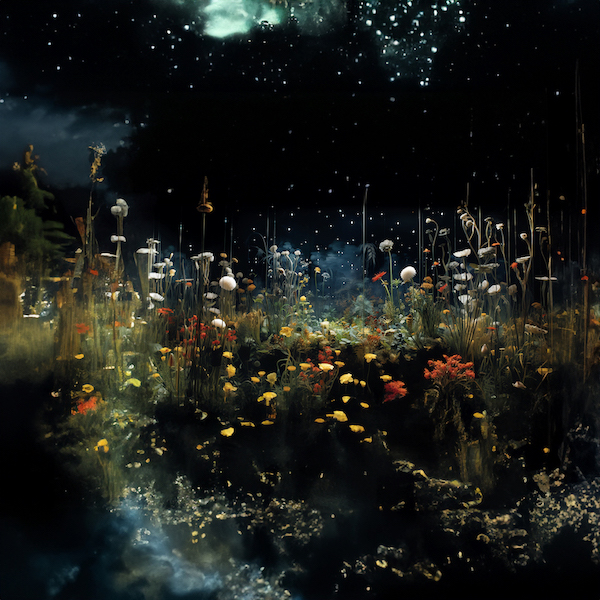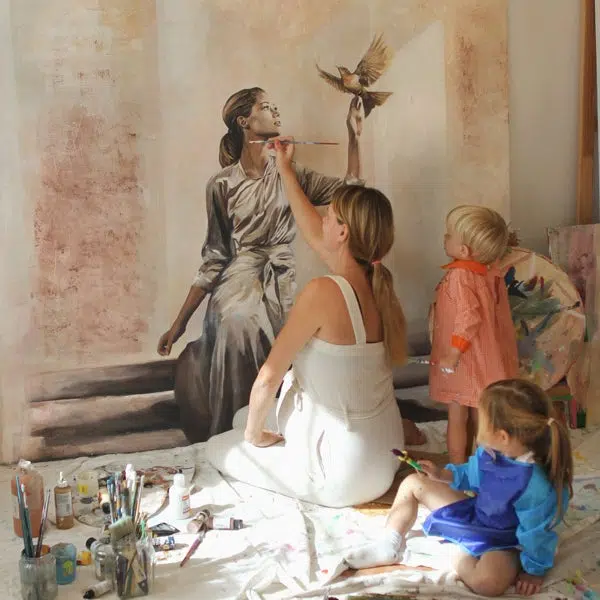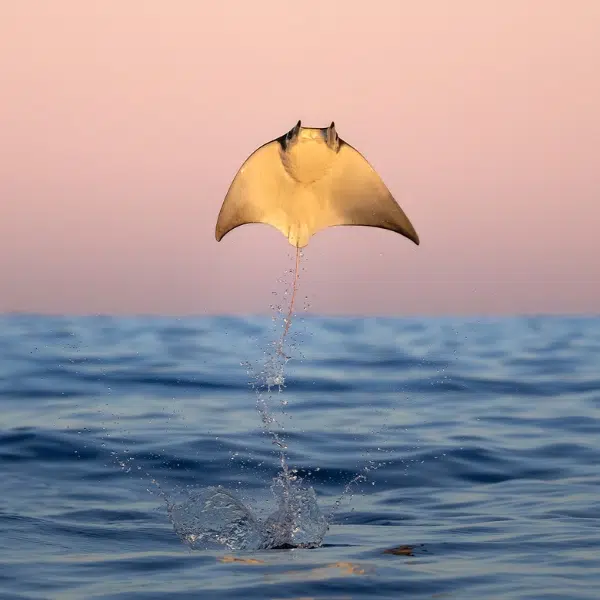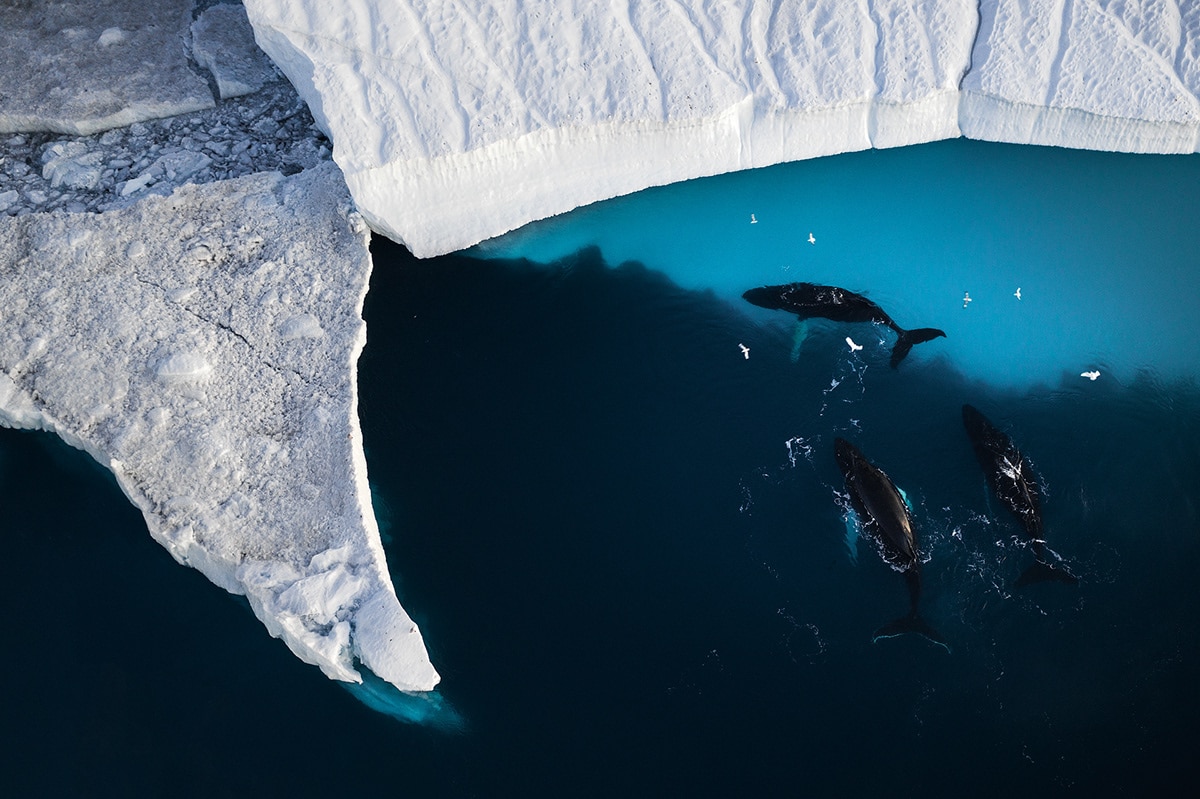
Norwegian landscape photographer Christian Hoiberg grew up surrounded by nature. Enamored by the environment around him, he's drawn to arctic climates that allow his imagination to run free. One of his favorite places to visit is Greenland, and he's made a ritual of spending time each summer on this magical island.
Hoiberg uses his time in Greenland to explore the mysterious landscape and track down the moving ice that makes this country a destination of choice for many photographers. By using his aerial photography skills, Hoiberg is able to capture exceptional imagery of the island's icebergs floating in the blue waters. And with the country changing at a rapid pace due to climate variations, his work is even more essential to document the state of the environment.
When Hoiberg isn't out exploring on his own, he's sharing his knowledge with others by leading workshops through the Lofoten Islands and publishing ebooks and Lightroom presets. We had a chance to chat with Hoiberg about his love for landscape photography and what makes Greenland a photographer's paradise. Read on for our exclusive interview.
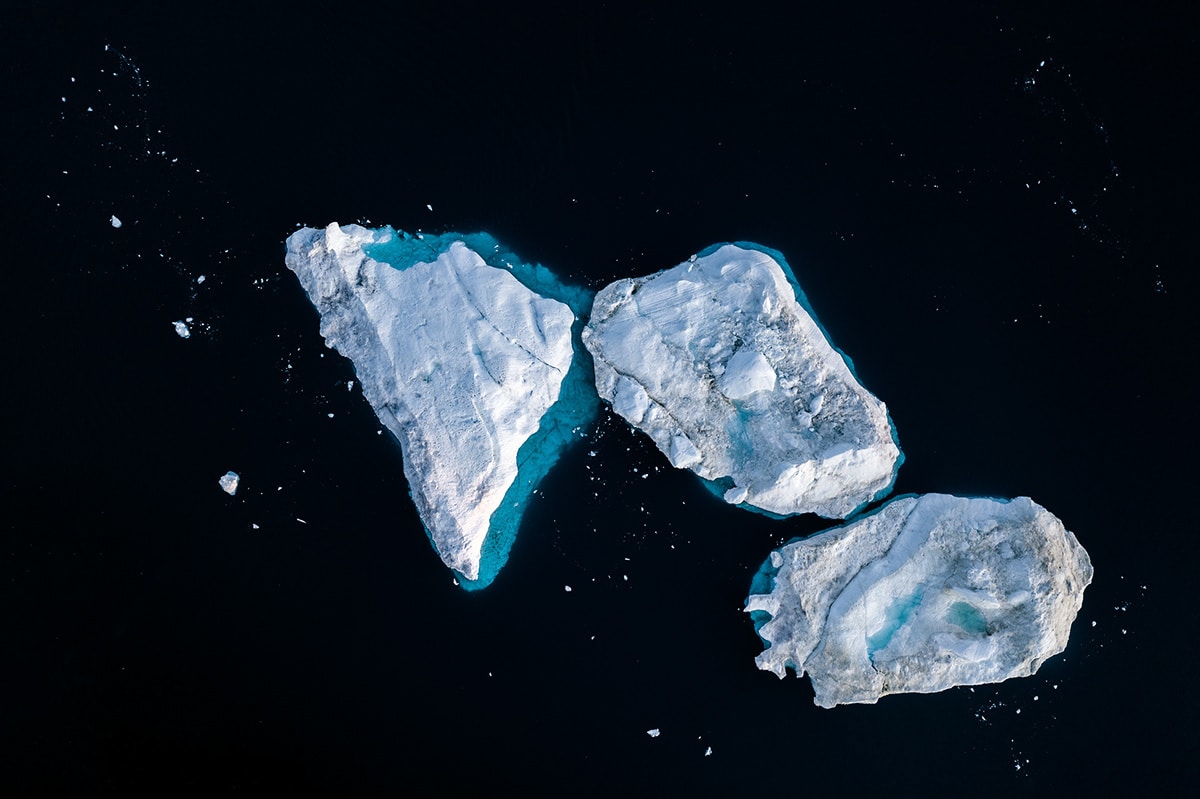
What drives your passion for photography and for landscape photography in particular?
Growing up in Norway, I’ve always had an appreciation for the outdoors and have spent my fair share of weekends hiking and tenting even as a kid. However, this appreciation became even greater after I purchased my first camera and started bringing it along into the woods.
Since then, photography has been my way to disconnect and clear my mind. Call it meditation for the mind, body, and soul. It might sound strange that I’m able to completely clear my mind when out photographing, as I’m working and there are many factors that need attention when creating an image, but this is when I’m able to completely relax and enjoy the moment.
I think it’s this connection with nature and the freedom it gives that drives my passion. I love the meditation and the creative journey it takes me on when creating an image.
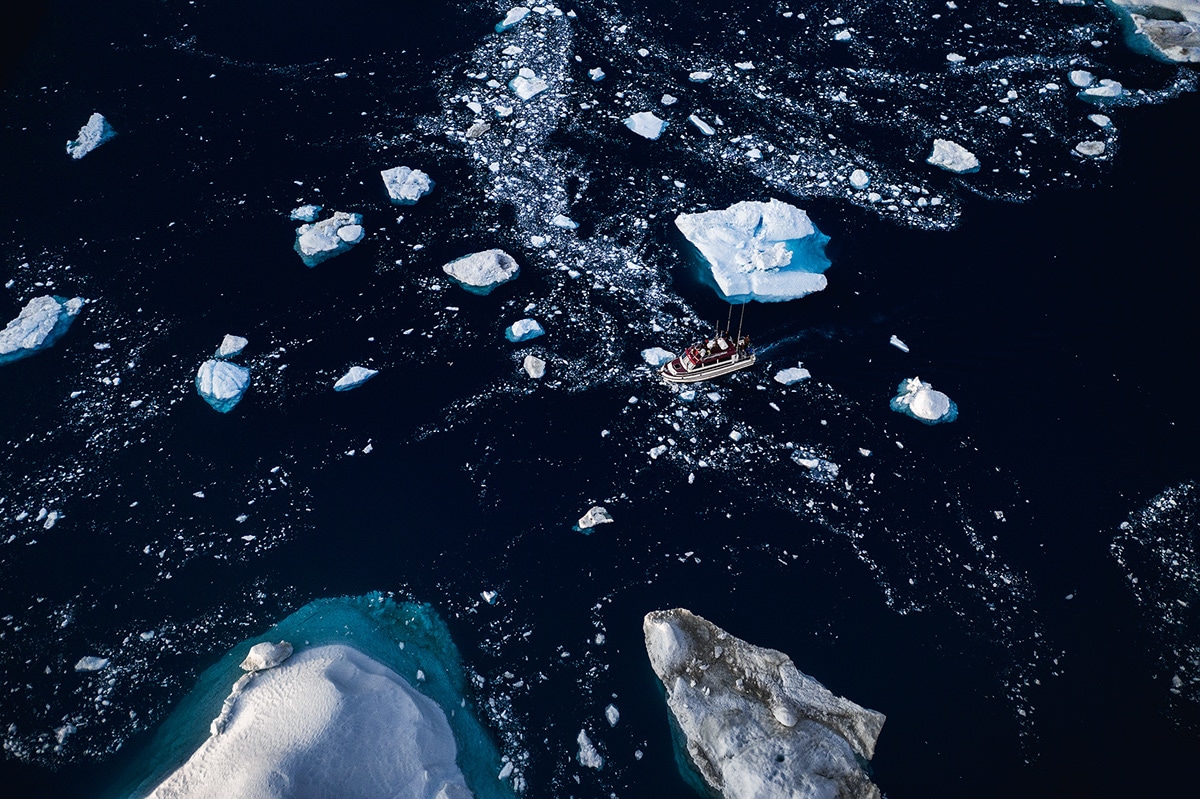
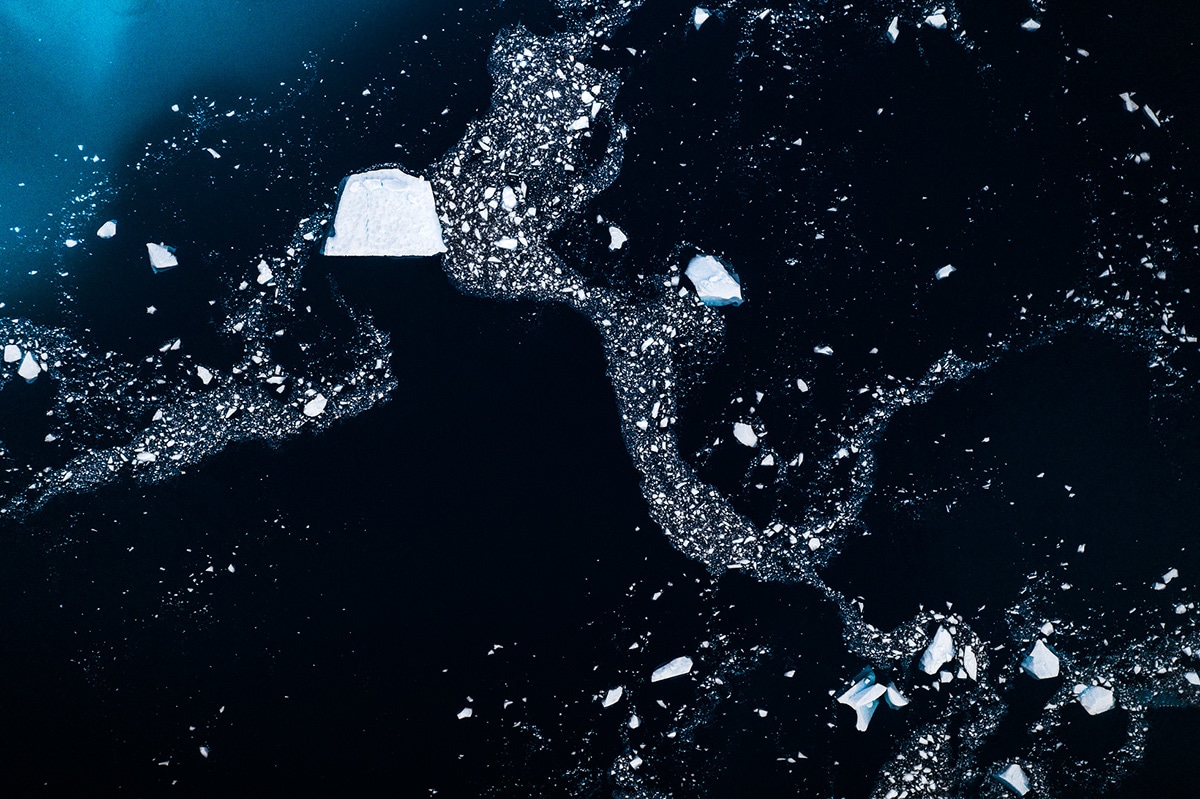
How much time do you spend in Greenland?
I’ve been lucky enough to spend roughly 10 days a year in western Greenland the past two years and am looking forward to returning again next summer.
How does it inspire you creatively?
Photographing Greenland is quite different than most other places. In fact, it’s quite difficult. The ice fjords can be chaotic and there aren’t any obvious shots or compositions placed in front of you. The elements are also constantly changing, so what might look promising one evening might not even be there the next morning.
The unique scenery—and the endless opportunity it holds—is what inspires me creatively when photographing Greenland. Nothing there comes easily and that makes it a creative challenge. But once you’re able to isolate the details or spot those fascinating formations and patterns, the photographs can be quite rewarding.
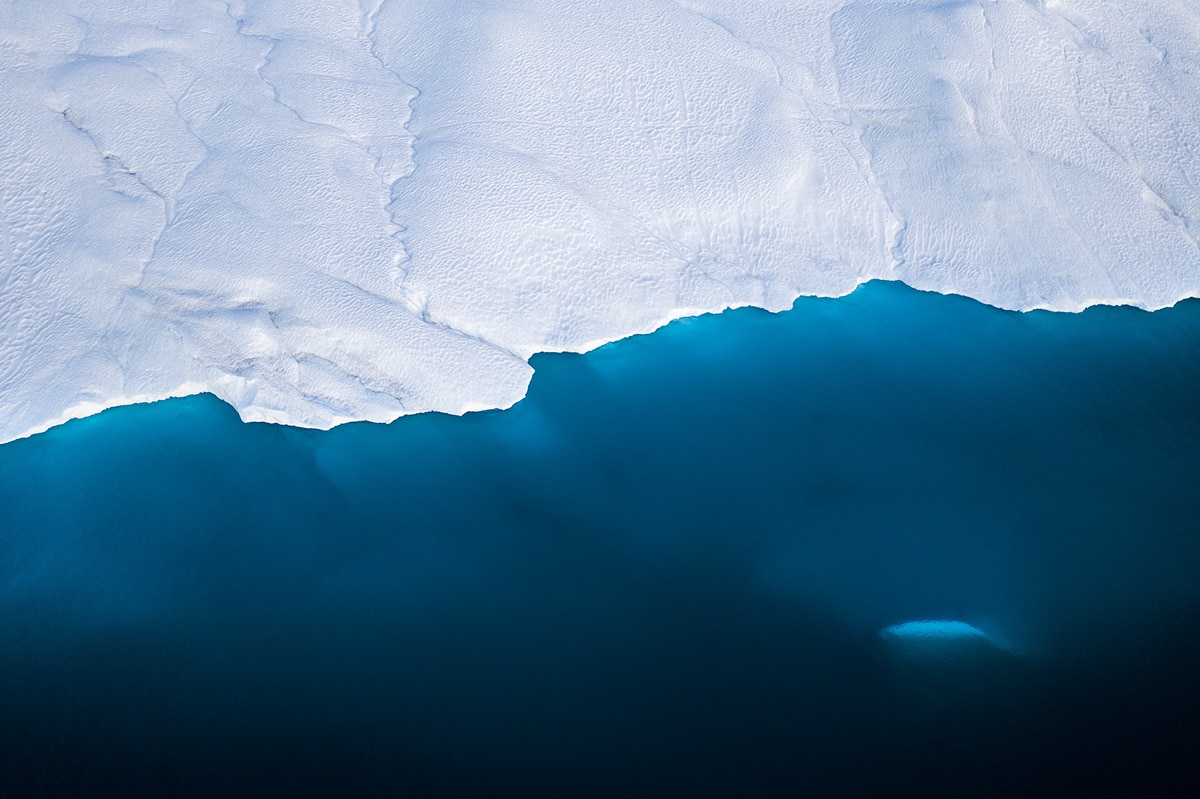

What have your experiences with climate change been since you've been visiting Greenland?
As a nature photographer and, more importantly, a lover of the outdoors, I’ve always been aware of climate change and the possible damages it can result in. While this is a topic that surrounds us on a daily basis and is discussed in various platforms across the world, it wasn’t until my first visit to Greenland that I realized the severity of it. It’s easy to sit at home in our living rooms watching it being talked about on the TV but it’s a whole other thing actually being in a place which is so drastically affected by it.
Visiting Greenland and talking to the locals was an eyeopener for me. Hearing their stories about how much bigger the icebergs used to be and how much colder the temperatures were only 10-15 years ago was alarming.
This experience has made me more aware and motivated me even further to use my photography to cast light on this topic.
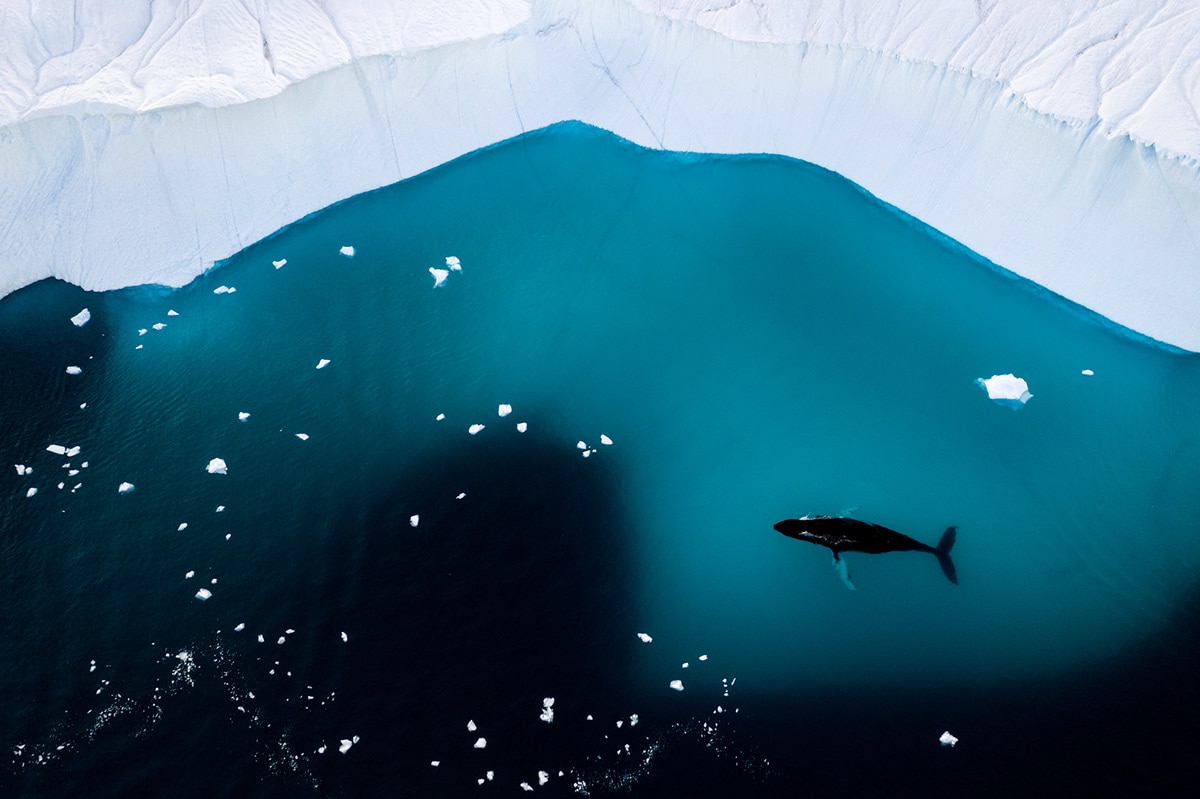
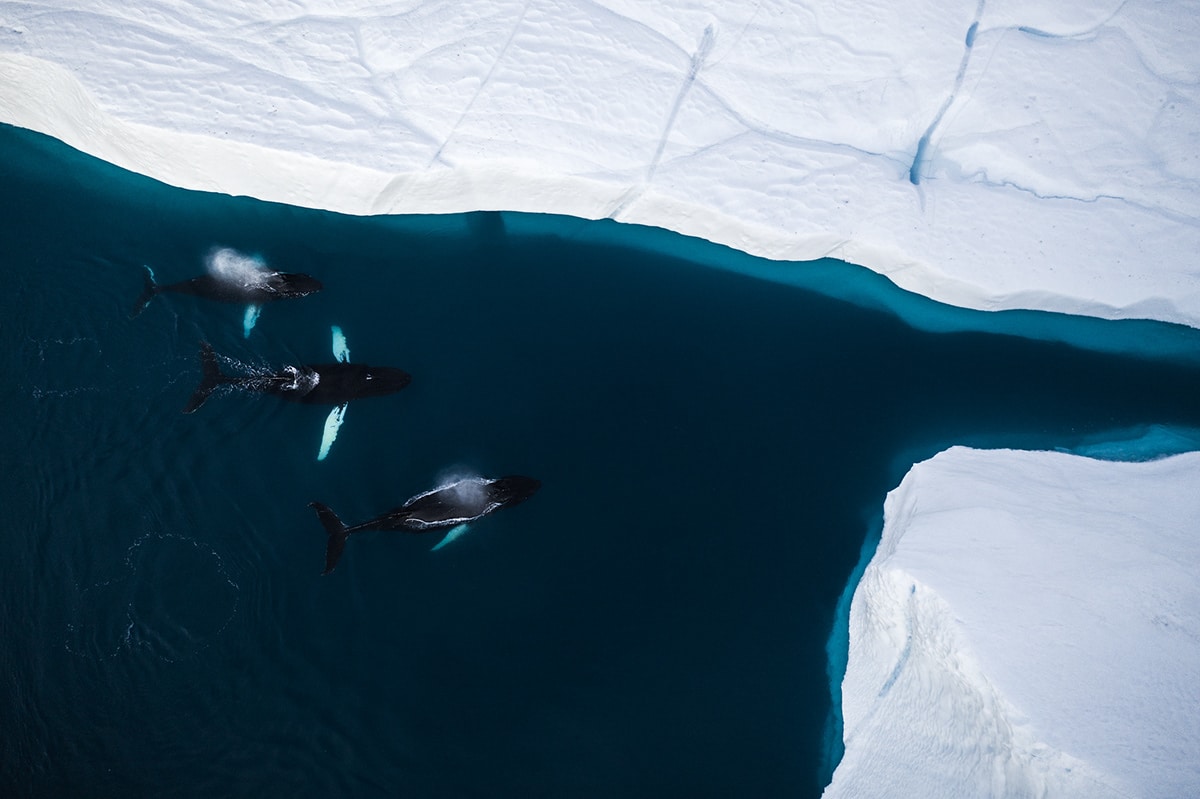
What is it about aerial photography that makes it a good way to capture Greenland's landscape?
As I mentioned, Greenland is quite difficult to photograph. It can often be chaotic with all the ice surrounding you and it’s hard to find good compositions with a wide-angle lens. While it’s stunning to sit and look at this scenery, it rarely works to cram it all into one shot.
This is where a telezoom comes in handy; it makes it easier to focus on the interesting textures and details. While I fell in love with the more intimate and abstract approach of photographing the icebergs with a long lens, it is through the perspective of a bird that I’ve found the greatest inspiration. I found this to be an even better way to single out interesting icebergs. There are so many details that we don’t see from down below.
Photographing Greenland from above is also a good way to show the change in the landscape. Each year, the glacier calves around 46 cubic kilometers (11 cubic miles) of ice; if you melted this, the resulting amount of water could cover the annual consumption of water in the USA. This is something that shows well from an aerial perspective.
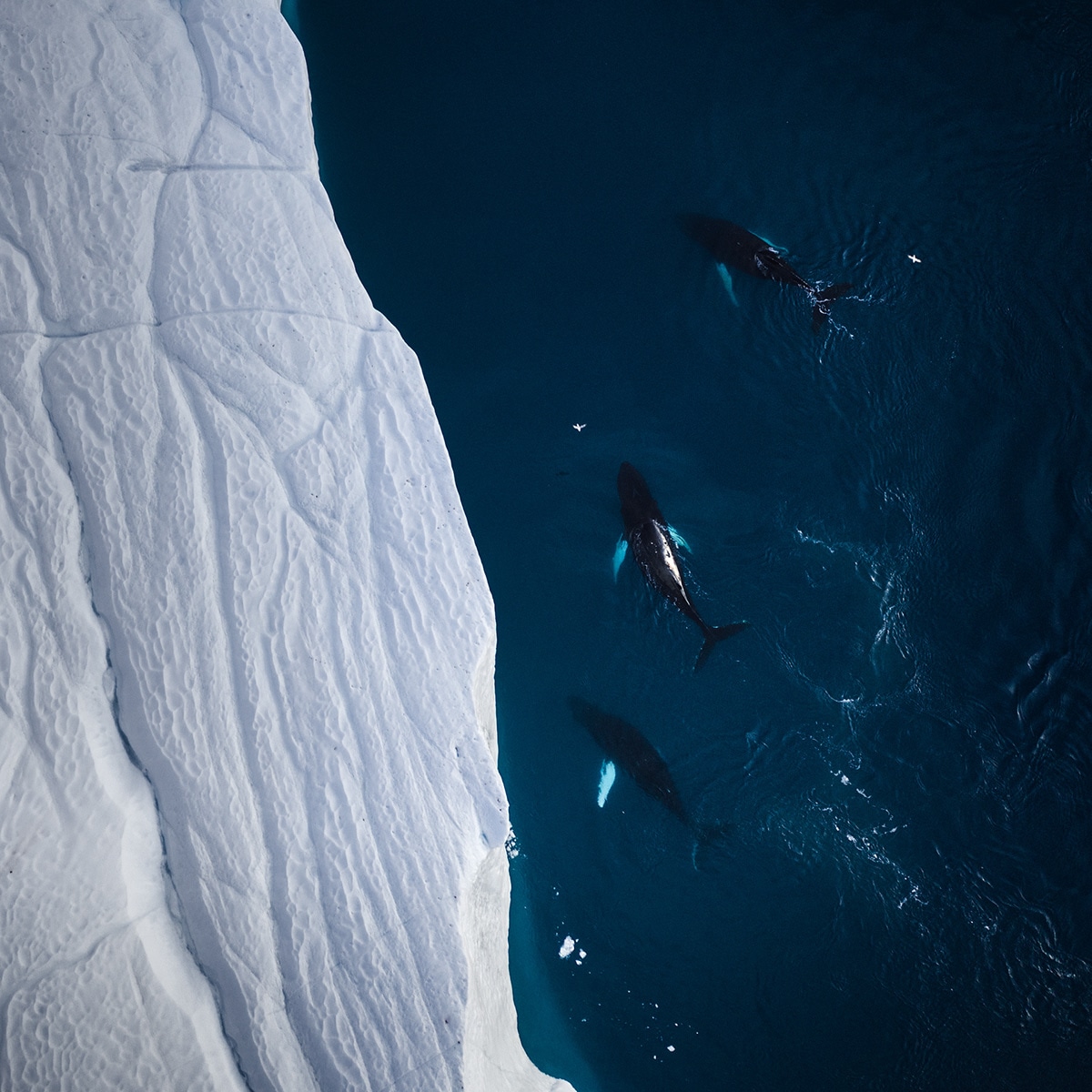

How do you prepare for your shoots in Greenland in terms of researching weather and locations?
It’s hard to plan out exact shots when it comes to photographing Greenland as the amount of ice and its density changes quickly. The glacial tongue might be blocked by massive icebergs for a period of time, making the entire bay fill up with ice (but resulting in almost no ice in the fjord). When the “gates” finally open, the entire fjord and harbor might be filled with ice overnight, making the waters difficult to navigate.
Both of these situations make for great experiences but can be challenging to photograph, as it looks even more chaotic than normal. Yet, it’s not something you can plan for, so all we can do is work with the situation we’re given.
The same goes for the weather. While it tends to be relatively stable during the periods we visit, it’s not uncommon to have low temperatures, heavy rain, or sleet and strong winds.
We’ve also worked alongside great captains who know the region like the back of their hand and together with them we’ve been able to find amazing areas to photograph and explore.

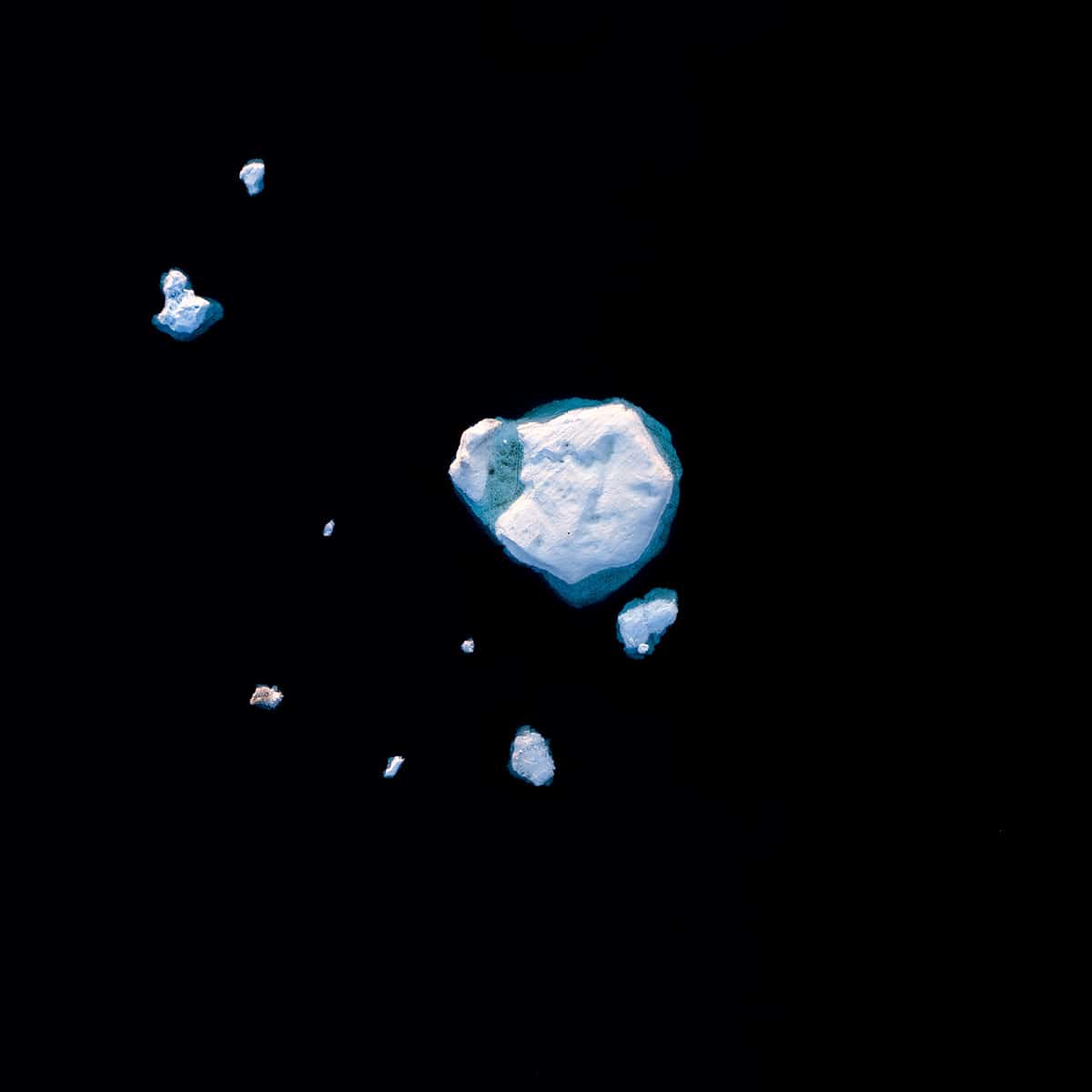
What do you hope that people take away from your work?
I hope that the people who view my work are inspired to take a moment and realize just how beautiful our planet is. Despite all the negativity or stress that surrounds us on a daily basis, we’re privileged to reside in a place as beautiful as Earth. I also hope that this thought leads to them wanting to respect our planet and do their part in taking care of it; even if it’s at a small scale such as avoiding littering.
I also realize that not everyone is lucky enough to live close to nature or to be able to travel to scenic areas so I want to give them an ever so tiny escape from their reality. Nothing warms my heart as much as messages from people who find a moment of happiness in their lives by viewing my photography. That’s the biggest honor I can think of.


What's next?
Due to the current situation with the COVID-19 pandemic, the coming year looks slightly different than what I had imagined just a few months ago. The rest of this year’s workshops have been canceled or postponed but that has also given me extra time to focus on finishing new ebooks and to catch up on writing other photography-related tutorials.
The snow is slowly starting to melt here in the Lofoten Islands and the midnight sun has just arrived, so for the next few months, I’m aiming at spending as much time as possible exploring more of the picturesque mountain regions here in Arctic Norway.












































































